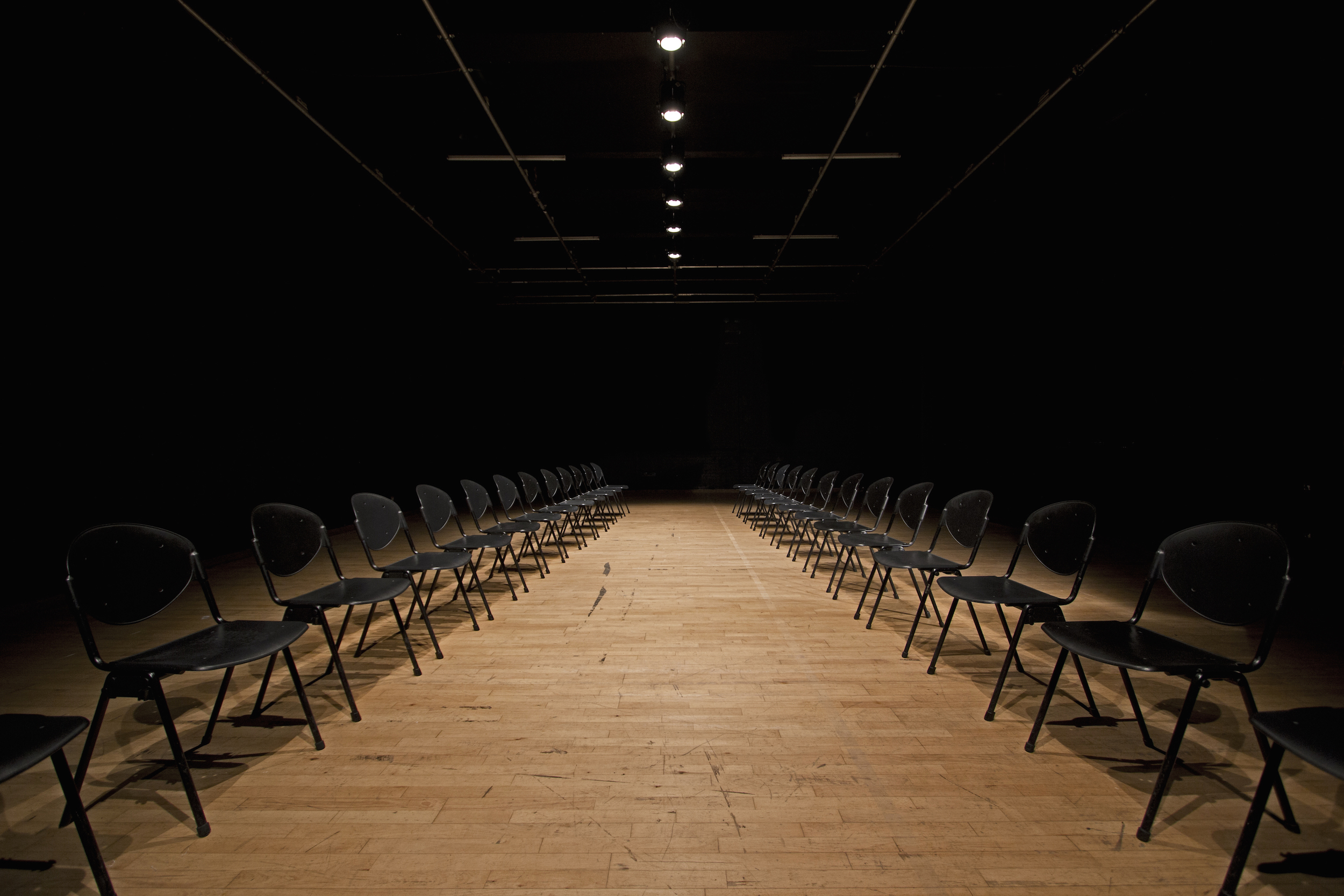Our project coordinator recently spoke to Gwen Davies, a young Welsh dancer with Ballet Cymru.
Hi Gwen, can you tell me how you got involved in your area in the arts?
I started dancing after a nursery teacher suggested to my parents to take me to ballet classes, because I was always active and loved dancing to music. At the age of four I took up classes locally in Cardiff at Chapter Arts Centre and then at 11 received a scholarship to attend Elmhurst School for Dance in Association with Birmingham Royal Ballet where i spent a further 7 and a half years training. I suppose I was immersed from a very young age in the arts and was lucky that my parents would take me to go and see various performances of all styles of art, from this I had an avid interest at a very young age.
You are currently working with Ballet Cymru, can you please tell us more about your relationship with the company?
I first got involved with Ballet Cymru after taking part in their Riverfront Summer Dance at the age of 8. After that I haven’t missed a single one of their summer school to date! I also took part in the workshops in Abergavenny which the company hold. Once I was training professionally the company were also really supportive in letting me partake in company class during the school holidays. I found it really helpful to be able to have access to professional standard classes from the age of 15. Something which is quite rare and it has definitely been invaluable to me in my development as a professional dancer.
Was there a moment when you thought this is the career for me?
I don’t think I have had one single definitive moment which made me decide it was the career path for me, but more the unfolding of events and opportunities I was given. I have always loved to dance but I don’t think I seriously considered it as a career until after I started vocational school in Birmingham where you then begin to have an understanding of the training and hard work required to make it professionally. Even then I think there is always an element of doubt as to whether you are actually good enough to make it after all the training. I think my mind was totally made up after getting more professional performing opportunities with Birmingham Royal Ballet. After getting a taste of working with the company when I was 17, in La Fille Mal Gardee and later Romeo and Juliet, there was no going back really. I don’t think I could find anything that could replace the feeling of performing to an audience especially when it’s with a live orchestra.
When you aren’t dancing or watching dance what do you like to do in your spare time?
I love to watch rugby in my spare time and have been an avid supporter of Newport Gwent Dragons, and I make it down to Rodney Parade as often as I can to watch matches! I also enjoy going to watch live music and any other kind of performance art to be honest.
Are their any individuals or organisations that helped support you once you realised a career in dance was for you?
In Wales my biggest support came from Ballet Cymru. They were really helpful in giving me advice when I was auditioning for schools and companies and really valued the opportunities, and improved in their classes. I’ve also been really lucky to have some inspirational and supportive teachers in Birmingham which I definitely wouldn’t have succeeded this far without. I have also been very lucky in receiving funding from the Elizabeth Evans Trust towards my training and also Cardiff Council who also funded an invaluable trip for Ballet Masterclasses in Prague for a fortnight which I learnt incredible amounts from and was an amazing experience to work with so many other professional dancers from all over the world.
What are the opportunities for those interested in dance as a career in Wales?
There are many companies across Wales which offer workshops and have associate classes. Ballet Cymru being one of them for classical dancers, and also National Dance Company Wales offer associates which focus on contemporary dance.
How do we get involved in your dance projects?
We are touring Roald Dahl’s Red Riding Hood and The Three Little Pigs across Wales this season, opening on May the 20th in the Riverfront, Newport and continue to perform until early July. It will be a really fun performance to watch and is great for all ages! The company will also be teaching workshops in some of the venues we are touring to so there are plenty of opportunities to get involved! We are also performing Romeo and Juliet for a small section of the tour in Portsmouth, Llanelli and Stevenage which will be a contrasting production to the more lighthearted Red Riding Hood.
Do you have any advice for anyone interested in following your career path?
To work as hard as you can but also to enjoy every moment of the process. It’s a career which requires a lot of determination and you will always encounter a lot of setbacks but the rewards always make every moment of perseverance worth it. I would also say to take every opportunity given to you, even if you think it might be relevant to what you’re interested in, but you would be surprised! I would try as many different styles of dance as possible but also to experience other art-forms to broaden your mind and experience something new. It’s always invaluable to have as much experience in anything you can, as you never know what will be thrown at you either in choreography or as a character in a production!
Thanks for your time Gwen
https://www.instagram.com/p/BEba85Bo2lq/?hl=en
http://welshballet.co.uk

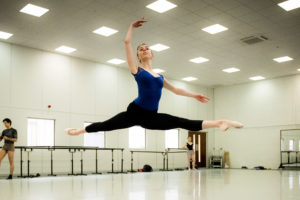
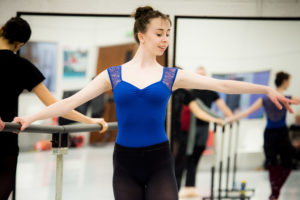

 (4 / 5)
(4 / 5)
 (3 / 5)
(3 / 5)
 (5 / 5)
(5 / 5) 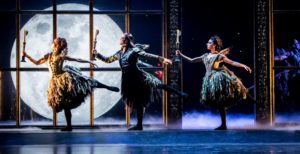
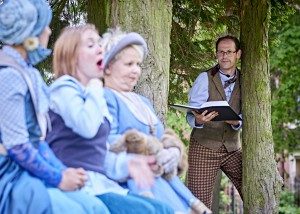
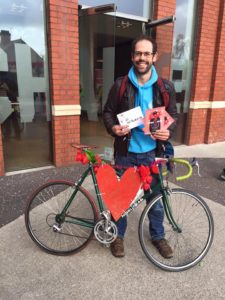

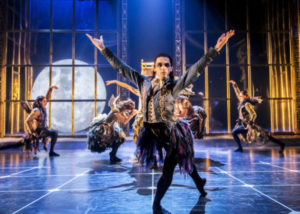
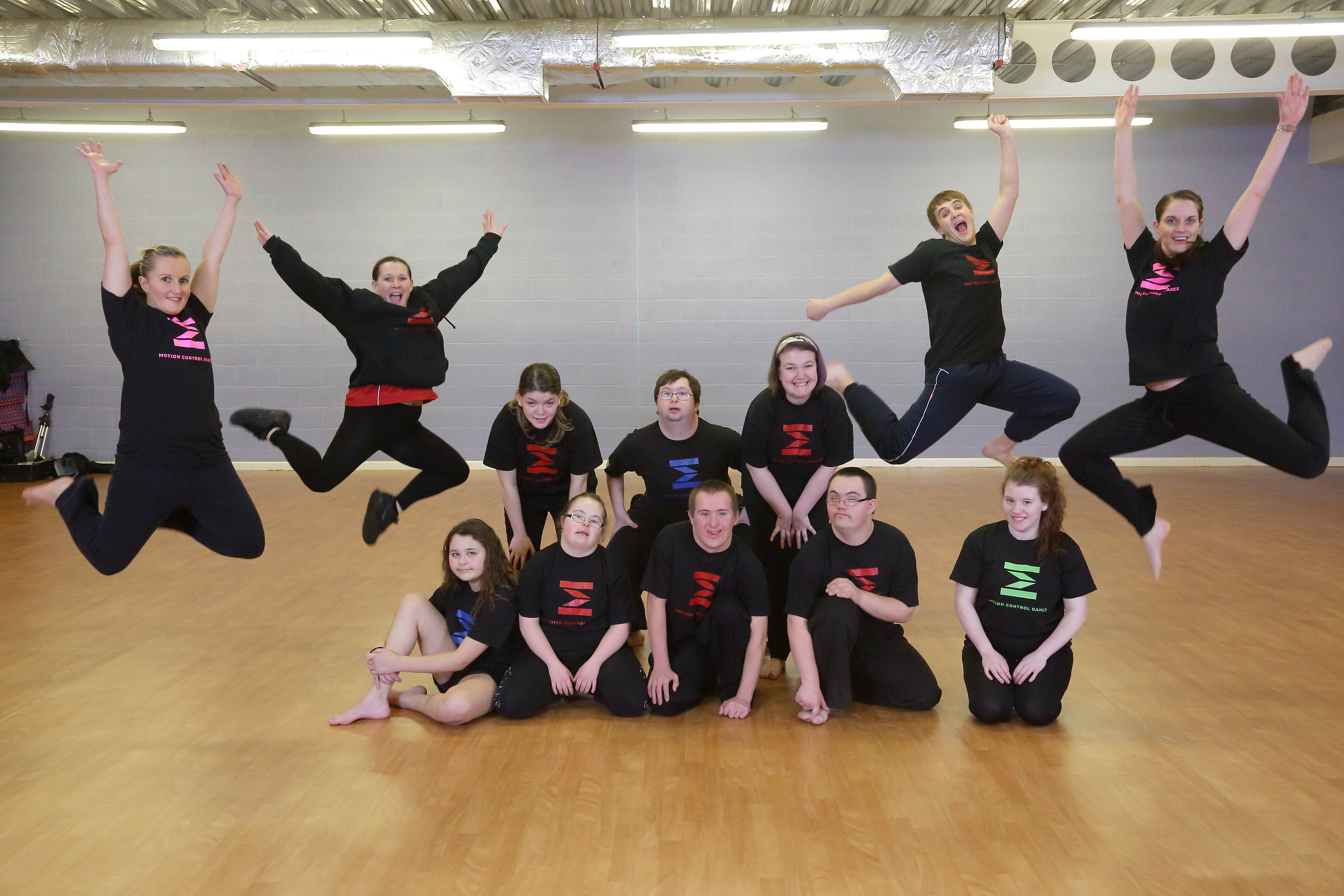
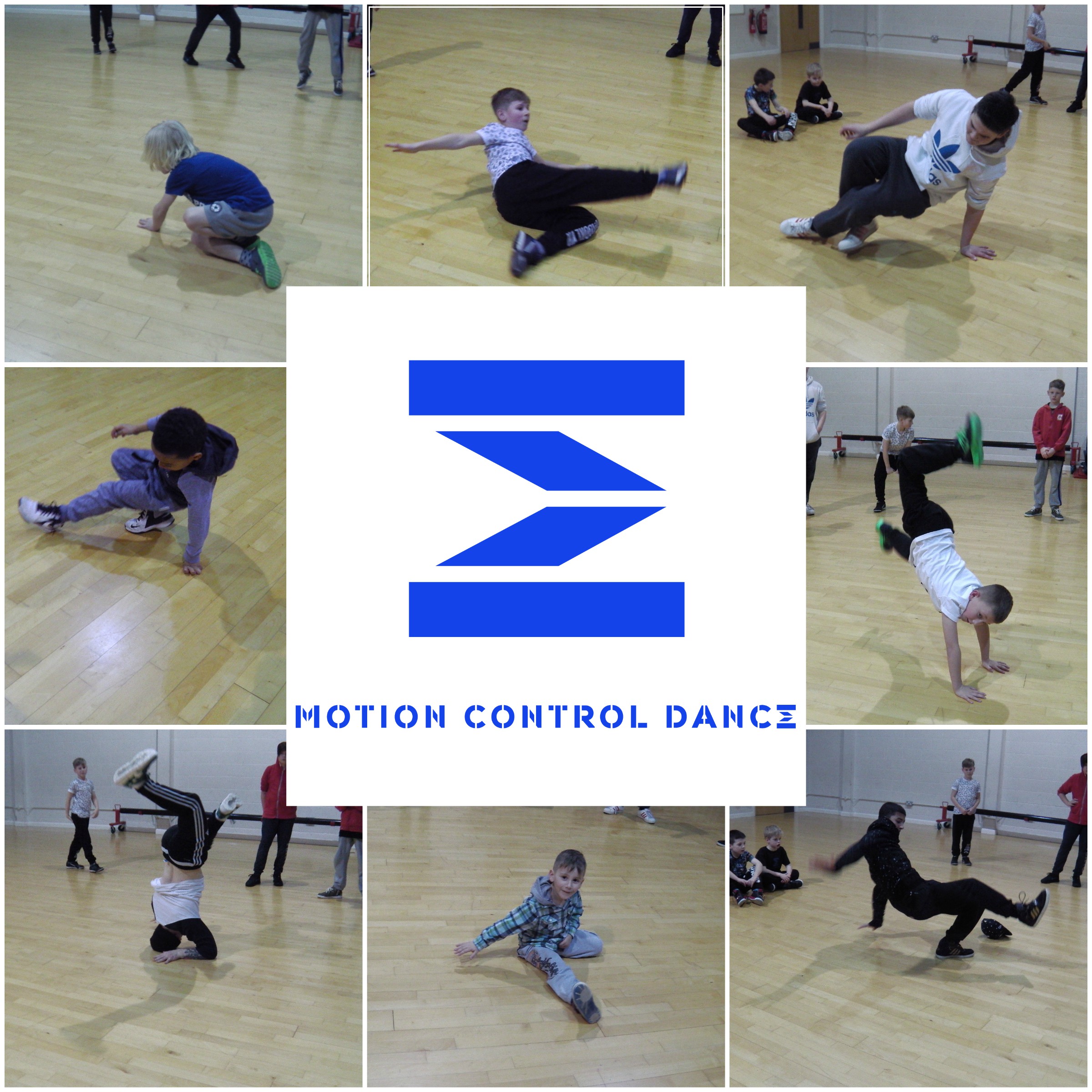
 E-Motion Dance runs weekly dance sessions at the Barry YMCA in street dance, break dance, hip hop and creative dance for ages 3-30yrs. Groups perform at local community events throughout the year and our street dance team compete at local & regional competitions and have achieved great things! We bring guest tutors down occasionally such as Carlos Neto and Xavi from Pineapple Dance Studios to work with our dancers but the sessions are mainly taught by our A Team freelance faculty who are very passionate and highly motivated to produce great results through dance.
E-Motion Dance runs weekly dance sessions at the Barry YMCA in street dance, break dance, hip hop and creative dance for ages 3-30yrs. Groups perform at local community events throughout the year and our street dance team compete at local & regional competitions and have achieved great things! We bring guest tutors down occasionally such as Carlos Neto and Xavi from Pineapple Dance Studios to work with our dancers but the sessions are mainly taught by our A Team freelance faculty who are very passionate and highly motivated to produce great results through dance. Motion Control Dance aims to ‘advance the education of people all ages, living in the Vale of Glamorgan and the surrounding areas, in the performing arts, particularly the art of dance, for the benefit of the public’. Through provision of classes, workshops, training and performance opportunities, we have created many memorable experiences for over a decade, working closely with schools and agencies in the Vale of Glamorgan with disadvantaged groups. Our mission is to give the community ‘A Chance 2 Dance’ – we are very proud of our award winning group of disability dancers the Local Motion Dance Company who started with us in 2008 that was funded by Children in Need for over 6 years. We also run training courses for Dance Leaders and provide volunteering opportunities with the MV Awards. Motion Control Dance also provides holiday schemes and organises trips and workshops with professional dancers such as Candoco and National Dance Company Wales.
Motion Control Dance aims to ‘advance the education of people all ages, living in the Vale of Glamorgan and the surrounding areas, in the performing arts, particularly the art of dance, for the benefit of the public’. Through provision of classes, workshops, training and performance opportunities, we have created many memorable experiences for over a decade, working closely with schools and agencies in the Vale of Glamorgan with disadvantaged groups. Our mission is to give the community ‘A Chance 2 Dance’ – we are very proud of our award winning group of disability dancers the Local Motion Dance Company who started with us in 2008 that was funded by Children in Need for over 6 years. We also run training courses for Dance Leaders and provide volunteering opportunities with the MV Awards. Motion Control Dance also provides holiday schemes and organises trips and workshops with professional dancers such as Candoco and National Dance Company Wales.
 We offer a range of services in the Vale of Glamorgan for those wishing to take weekly sessions, those who want to pursue a career in dance, those who are looking to gain work experience or a university professional placement or organisations wishing work in partnership with our organisation.
We offer a range of services in the Vale of Glamorgan for those wishing to take weekly sessions, those who want to pursue a career in dance, those who are looking to gain work experience or a university professional placement or organisations wishing work in partnership with our organisation.